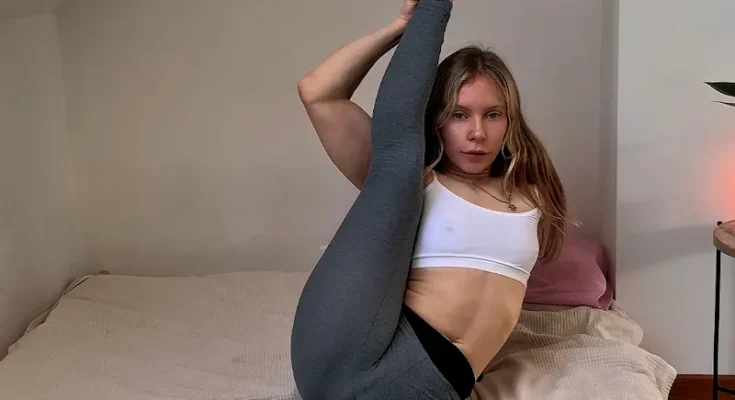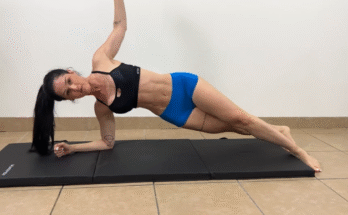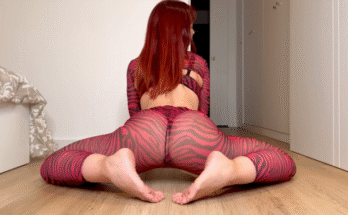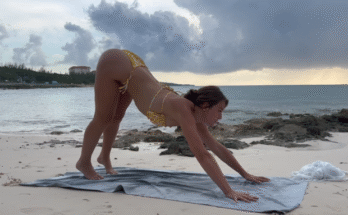
Practicing yoga at home offers a deeply personal and flexible way to connect with your body, mind, and breath—without needing to step outside your door. Whether you’re a complete beginner or a seasoned yogi, establishing a home yoga flow can become a powerful daily ritual that nurtures strength, flexibility, balance, and inner peace.
In today’s busy world, finding time for wellness can feel overwhelming. That’s why creating a dedicated yoga flow at home is such a wonderful solution. You don’t need fancy equipment, a large space, or a studio membership. All you need is your body, your breath, and a little bit of time.
Why Choose to Practice Yoga at Home?
There are many reasons why people choose to practice yoga at home. First, it offers the ultimate convenience. You can practice anytime—early in the morning to wake up your body, in the afternoon to re-center, or before bed to unwind. No travel time, no schedule conflicts, and no pressure from others around you.
Home yoga also gives you complete control. You choose the poses, the pace, the style, and even the background music. Whether you’re in the mood for a slow, meditative flow or a powerful Vinyasa sequence, it’s entirely up to you.
Most importantly, practicing at home encourages self-awareness. Without the distraction of others, you start tuning into your body’s real needs. You notice which muscles feel tight, where you hold tension, and how your breath responds to each movement. This builds a deep inner connection that’s at the heart of true yoga.
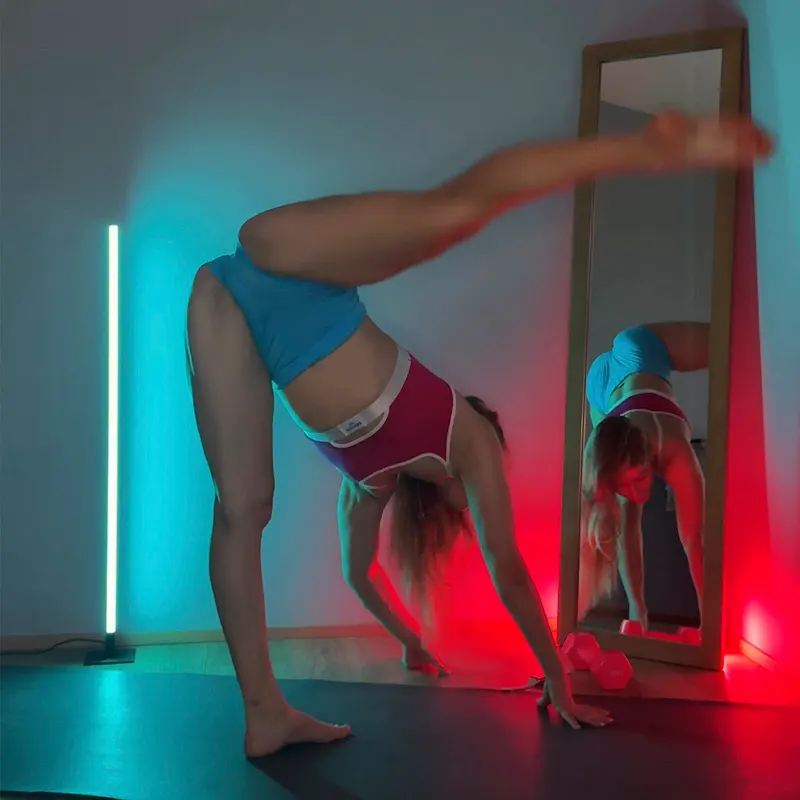
Setting Up Your Home Yoga Space
Creating a peaceful, inviting space for your yoga practice can make a huge difference. You don’t need a whole room—just a corner that’s free from clutter and noise. Lay down your yoga mat, and perhaps add a few comforting touches: a candle, a plant, a folded blanket, or a small speaker for calming music.
Make sure your space allows you to stretch your arms out in all directions without hitting anything. If you like, dim the lights and turn off your phone to remove distractions. This is your time to fully focus inward.
Warming Up: Breath and Gentle Movement
Start your home flow with a few minutes of intentional breathing. Sit in a comfortable position and close your eyes. Inhale deeply through the nose, feeling your belly rise, and exhale slowly through the mouth. Repeat for several breaths, letting go of any tension.
Next, begin gentle movements to wake up your body. Try seated neck rolls, shoulder circles, and side stretches. Move slowly and with awareness. Listen to what your body is asking for today. Some days you’ll feel energized; others, you’ll need more softness. Both are valid.
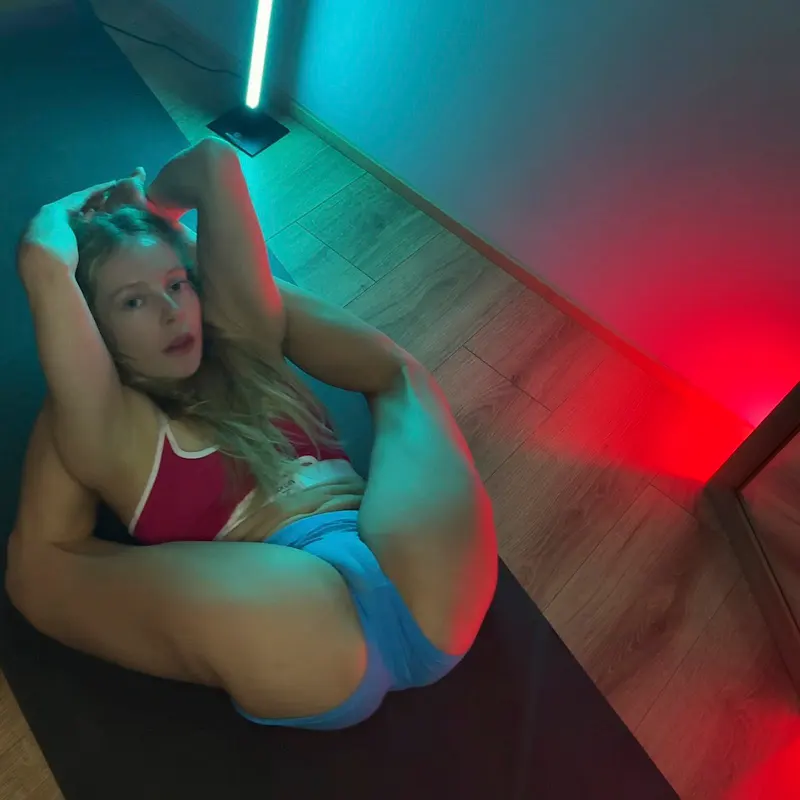
The Flow: Building Strength and Flexibility
Now it’s time to move through your main yoga flow. Here’s a simple but powerful sequence you can follow at home:
- Cat-Cow Pose (Marjaryasana-Bitilasana)
Begin on hands and knees. Inhale to arch your spine, lifting your chest and tailbone (cow). Exhale to round your back, drawing chin to chest (cat). Repeat for 5 rounds. - Downward Dog (Adho Mukha Svanasana)
Tuck your toes, lift your hips, and press back into a V shape. Pedal your feet to loosen the legs. Hold for 5 breaths. - Forward Fold (Uttanasana)
Walk your feet toward your hands and hang in a gentle forward fold. Let your head dangle, and soften your knees if needed. - Mountain Pose (Tadasana)
Slowly rise to standing. Reach your arms up, ground your feet, and take a deep breath in, feeling stable and strong. - Sun Salutation A (Surya Namaskar A)
Flow through a basic sun salutation:- Inhale, arms up
- Exhale, forward fold
- Inhale, half lift
- Exhale, step or jump back to plank, lower down
- Inhale, upward dog or cobra
- Exhale, downward dog
- Hold for 5 breaths, then step forward and rise.
- Warrior Series
From downward dog, step your right foot forward for Warrior I. Hold and breathe, then open to Warrior II. Flow through to Reverse Warrior. Repeat on the left side. - Balance Pose – Tree (Vrikshasana)
Stand tall, bring one foot to the inside of the opposite leg, and balance with hands at heart center or overhead. Hold, then switch sides. - Seated Poses – Stretch & Open
Move into seated poses like Butterfly Pose, Seated Forward Fold, and Twist. These poses help release tension from the hips, hamstrings, and spine. - Bridge Pose (Setu Bandhasana)
Lie on your back, feet hip-width apart, and lift your hips into a gentle backbend. Hold for 5 breaths. - Supine Twist & Happy Baby
Hug your knees to your chest and roll side to side. Then, drop your knees to one side for a spinal twist. Finish with Happy Baby to gently stretch the lower back and hips.

Cool Down and Savasana
No yoga flow is complete without rest. Savasana is where your body integrates everything you’ve just done. Lie on your back, arms and legs relaxed. Close your eyes. Let your breath return to normal. Stay here for 5–10 minutes, allowing your mind to settle and your nervous system to relax.
You can play calming music or a guided meditation, or just enjoy the silence.
Adding Variety to Your Routine
Practicing the same sequence daily can be comforting, but variety keeps things fresh and exciting. Explore different yoga styles like Hatha, Yin, or Power Yoga. Try a theme for each day: one day for strength, another for flexibility, and another for balance. You can also follow online classes or yoga videos if you need guidance.
You don’t need to do a full hour every time. Even 10–15 minutes of mindful movement can shift your mood and energy for the better.
The Mental and Emotional Benefits
Besides the physical benefits, yoga at home offers mental and emotional healing. As you move with your breath, stress melts away. The focus on the present moment builds mindfulness and helps quiet the mental chatter.
Yoga teaches you to be kind to yourself. If a pose feels too hard one day, that’s okay. There’s no competition, no judgment. Every time you step on your mat, you’re showing up for your well-being—and that’s something to celebrate.
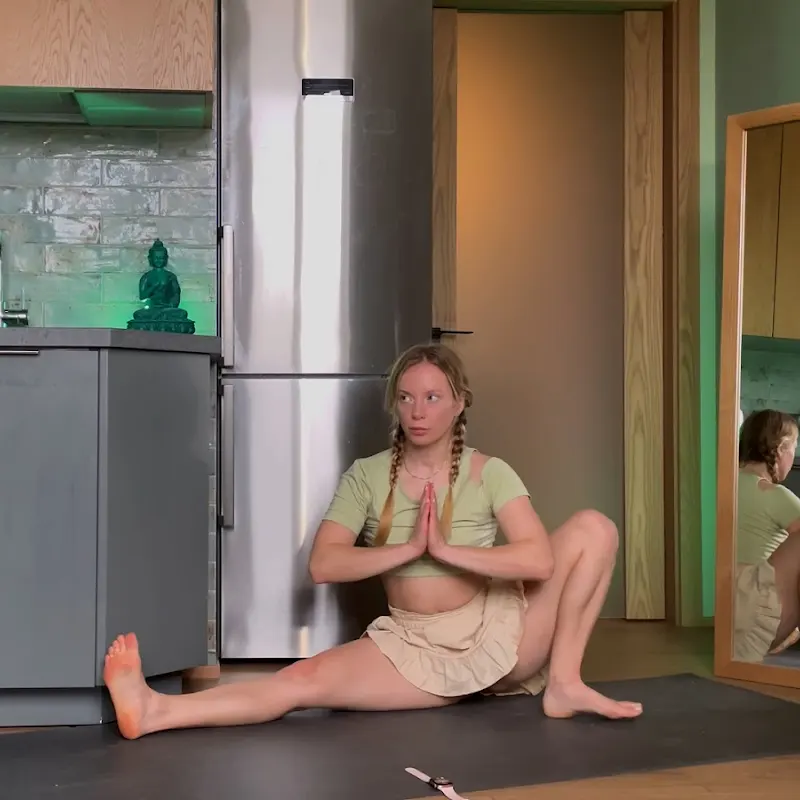
Final Thoughts: Make It Your Own
Your home yoga flow is uniquely yours. You can practice in silence or with music. Alone or with your kids. In pajamas or yoga gear. What matters most is your intention—to connect, to heal, to grow, and to care for yourself.
Let your practice evolve naturally. Some days it may be slow and soft; other days powerful and energizing. Be gentle with yourself and enjoy the journey.
Remember, your yoga mat is a place of peace, reflection, and renewal. With consistency and care, your home practice can become one of the most rewarding parts of your day.
Namaste.
